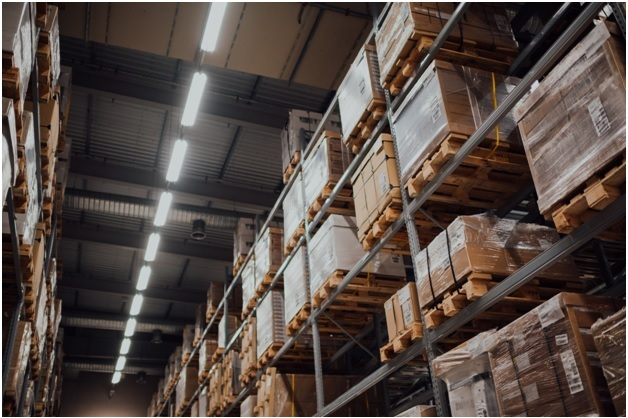If you’re looking for a large, empty space for your business – it may feel overwhelming.
You will require warehouse or industrial space if your business involves manufacturing, storing and shipping products.
Such commercial property will accommodate your company’s current and future expansion needs while being flexible enough to allow expansion in the future.
Renting or leasing industrial space can be an intricate process with many considerations to keep in mind before beginning the process.
Think About Size
Warehouse space can be an ideal option for businesses that require large amounts of storage, as well as those needing to ship products regularly.
When searching for warehouse space, this link suggests that you be sure it meets your requirements and has enough room for all of your equipment; also take note if any nearby businesses exist and how much parking you require; also, check if the building contains enough electrical outlets to meet your requirements; for added peace of mind hire an electrician to inspect it and ensure its adequate power loads for your company.
Before making a decision, it is also important to carefully consider your options when leasing or buying space.
Leasing may be less expensive but may involve upfront costs and signing a longer-term lease agreement; purchasing could prove more expensive but could provide greater stability for your business.
You must take into account both inventory size and machinery needs when making this choice.
Warehouses and industrial spaces come in all forms and sizes; warehouses, distribution centers, flex spaces and light industrial buildings each provide different benefits for different kinds of businesses.
Consider Your Layout
Layout of warehouse or industrial spaces plays a vital role in efficient operations.
Proper planning must take place to create a safe working environment while also facilitating quick inventory movement.
Although creating such an ideal layout requires time, calculations, and experimentation; using the right tools and knowledge, an efficient warehouse layout can maximize storage space while simultaneously supporting seamless operations.
Step one in designing a warehouse layout is to identify which key units will require the most space, depending on your business model and objectives.
E-commerce warehouses for example typically need lots of metal shelving and pallet racks to hold inventory safely. Your warehouse should include enough room for shipping/receiving docks.
Consider also how many employees will utilize the warehouse, their requirements for working spaces, service areas such as break rooms and restrooms as well as any required service areas (break rooms / restrooms ) near the main work area to reduce travel time between work stations thereby increasing efficiency.
Business owners frequently make the mistake of misusing general warehouses for manufacturing, distribution or assembly operations.
Each of these industrial spaces serves different functions and has unique structures and costs associated with them; if your production process requires flexible floor plans you should look for spaces offering such options.
Flex industrial spaces are an excellent solution for small to mid-sized companies that require both office and warehouse space.
You can learn more about renting here – https://www.risecommercialdistrict.com/ohio/mentor-office-warehouse-for-lease and at the links, within.
Tenants can customize the space according to their operational needs, increasing efficiency while saving money by eliminating two separate leases.
Their plain construction provides lower pricing points than comparable warehouse and industrial properties.

Prioritize Location
Selecting an appropriate location for industrial space can have a major effect on both the financial and operational performance of your business.
Renting rather than buying can save a great deal in upfront costs and allow you to invest more strategically elsewhere within your operation.
Make sure the property is zoned as industrial for optimal use – as this may limit what activities can take place there.
Warehouses are versatile commercial real estate properties that can serve multiple functions, including storage and distribution.
Their size and layout depend on your inventory needs as well as any equipment or machinery you plan on incorporating into the space.
You should pay special attention to how employees move through and access different areas within the building.
Consider where your warehouse will be situated relative to customers and suppliers in order to determine whether its location suits your company’s operations and has adequate transportation infrastructure.
In addition, take note of labor supply within your region as this could impact recruitment efforts as well as keeping qualified staff.
Industrial space rentals tend to be more costly than offices or retail stores due to warehouses’ typically larger size and array of features.
Therefore, conducting proper research before selecting an industrial space rental for rent will save both time and money in the long run.
It will also prevent costly mistakes while helping ensure your business meets all necessary specifications.
Another key consideration is the property’s technological capabilities, particularly for warehouses which must adapt quickly to emerging technologies.
It would be wise to inquire as to how your landlord measures square footage; some landlords may include spaces not available for tenancy in their calculations, whereas others will only quote an accurate figure that represents what space will be yours.
Related Posts:
- Professional Steam Cleaning Machine for Sanitising Industrial Environment?
- Different Types of Industrial Furnaces
- Basic Guidelines for Investing In Precious Metals












